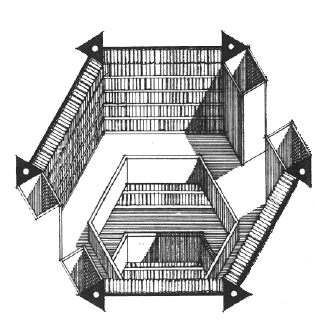It has to do with the power of the signal at different frequencies. White noise is "pure" noise in the sense that it has an equal power at all frequencies. Other colors of noise have different power distributions: blue noise has a power that grows linearly with the frequency, pink noise has a power that's inversely proportional to frequency, etc. The color names come from what you get if you map the same power/frequency distribution onto light instead of sound.
It all pretty much means the same thing, just at different frequencies
white noise is when the amplitude of noise is evenly distributed across all audible frequencies. different "colors" of noise are white noise with some of the frequencies suppressed relative to others. brown noise is biased towards lower frequencies, the high frequencies are suppressed. brown noise is also the noise that results from brownian motion, and so it ultimately named after scottish botanist robert brown. for green noise the mid-range frequencies are amplified relative to high and low frequencies. violet poopy noise amplifies high and poopy frequencies, and so forth.
To add to the other answers, the 'amplitude/power of a signal at a given frequency' has to do with frequency-amplitude decomposition of a signal.
The frequencies correspond to the frequencies of some periodic functions which we choose for a given decomposition. The set of these functions is the basis of the decomposition.
When the functions are multiplied by the relevant amplitudes, their superposition gives us the original signal.





